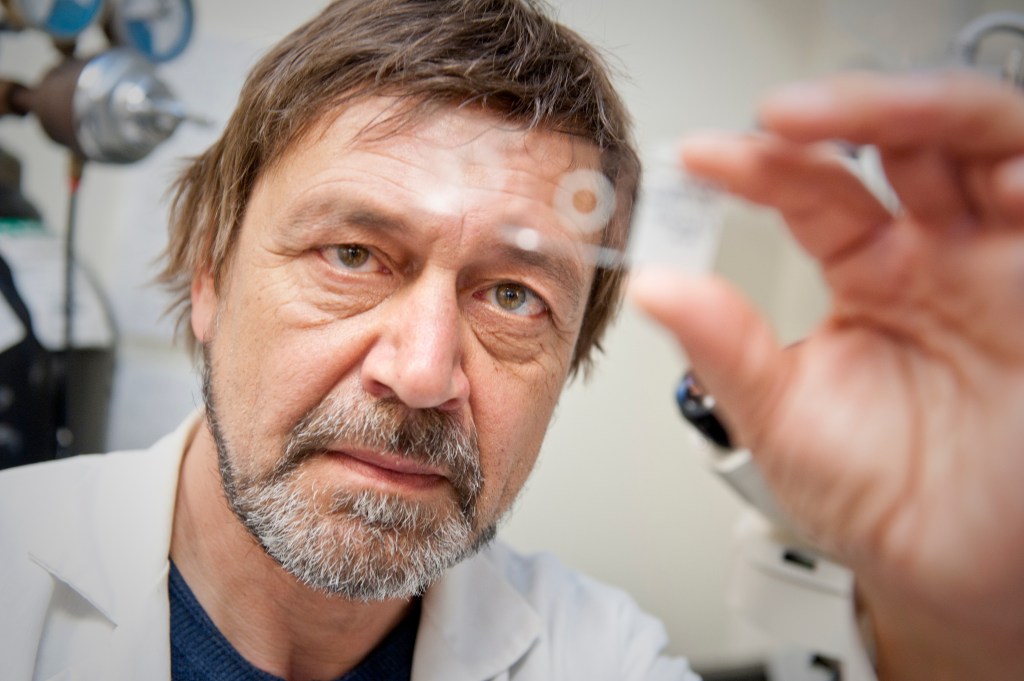Manipulating the microbiome

The human microbiome is one of the most complex communities of species on the planet. It is the collection of all the microbial organisms in our bodies, the number of which is about 10 times greater than that of our own cells. One day, a better understanding of the human microbiome could allow researchers to manipulate it for the sake of improved health. However, we currently can’t even discern the roles of individuals in a community the fraction of its size.
Biology professor Slava Epstein believes that a better understanding of much simpler communities with fewer species could one day inform our understanding of the human microbiome.
Together with Karen Nelson, director of the J. Craig Ventor Institute’s genomic medicine group, Epstein was recently awarded a three-year, $1.5 million research project funded by the National Science Foundation to explore the roles of individual organisms in simple model microbial communities located in the High Arctic habitats of Northern Greenland.
“The holy grail in microbial ecology is to figure out the roles of individual microbial species as a community develops,” Epstein said. He explained that scientists are currently able to use genomics to get a genetic picture of an entire community. The results, however, are limited and fragmented because they cannot distinguish one organism’s contribution from another’s.
With their complementary expertise in microbial cultivation and genomics, Epstein and Nelson will characterize the roles of a majority of species in several simple soil communities. First, Epstein’s team will identify the bacterial communities they wish to investigate, and then they will cultivate as many species as possible in the lab.
From there, Nelson’s team will analyze each species for genetic, metabolic and molecular signatures to use as references when they look at the community as a whole.
Ultimately, they will use the collective data to establish computational models that can be used to predict outcomes of various environmental changes. They will then make the same changes in the wild to verify whether the predicted response is in fact observed. If the model is valid, they will look at larger communities, eventually working toward those as complex as the human microbiome.
“If we’re able to increase the abundance of one microorganism that is beneficial, or decrease the abundance of another that is not beneficial,” Epstein said, “this will be a totally different universe.”
If predictive models work with a simple model community, he said, then larger efforts should work on larger communities. He hopes the work will eventually lead to “smarter” infectious disease treatments by targeting specific organisms instead of indiscriminately wiping out entire communities, as is the case with current antibiotics.
“For now we need to show that the concept works in the simple setting,” Epstein said.
View selected publications of Slava Epstein in IRis, Northeastern’s digital archive.





